Industrial Areas: How Should They Be Used?
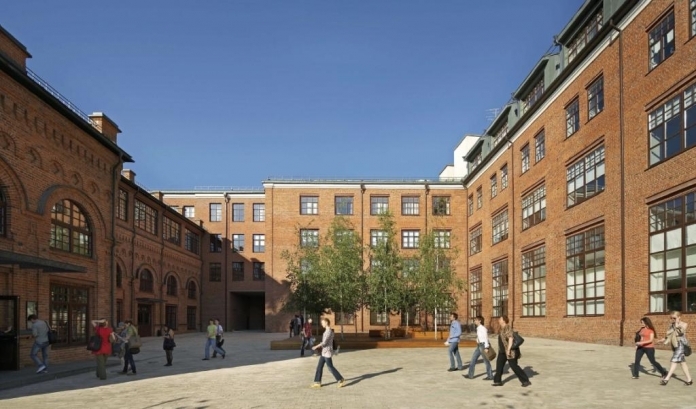
The Museum of Moscow hosted a round table dedicated to the redevelopment projects for the capital’s industrial areas. The experts have discussed the factors that contribute to the success of such concepts and allow once neglected territories to be fully reincluded in the urban space.
In Moscow, industrial parks occupy a huge territory — almost 47 acres within the old city limits. The redevelopment process there will take decades, but a lot has been done already. Instead of grey areas there are now new districts appearing on the map with residential housing and offices, as well as social infrastructure, transport, entertainment etc.

The very concept of redevelopment first came up in the beginning of the 2000s when the majority of the industrial plants ceased to function, and their territories were randomly occupied by small companies offices and car repair shops. Many buildings were abandoned and fell into decay.
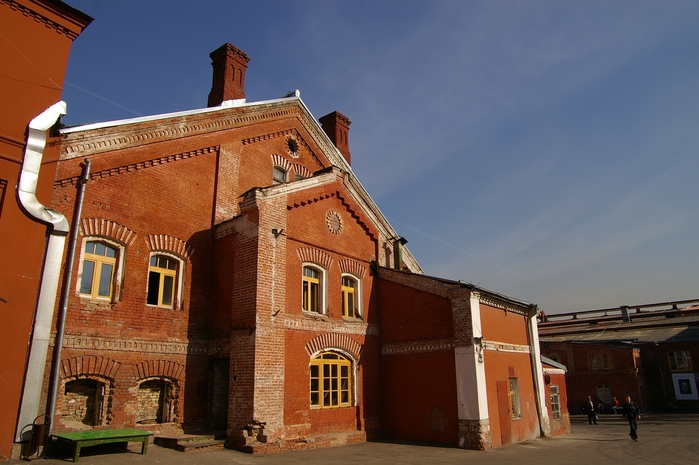
One of the first examples of successfully bringing an industrial area back to life is the Winzavod. Once this creative cluster has appeared, the whole district started to change. Soon there was not only the Winzavod Centre for Contemporary Art, but the Artplay as well. The neighboring streets were redeveloped, and the industrial site became part of the city again.
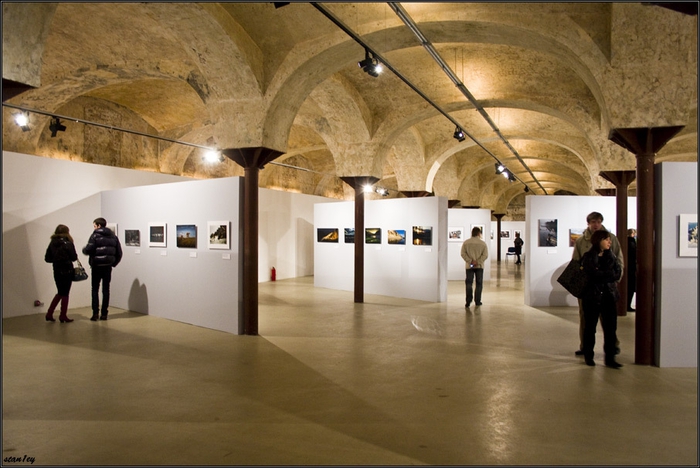
Sofia Trotsenko, founder and managing director of the Winzavod Centre for Contemporary Art: “The issue of industrial areas has been out there for more than a decade. The first wave of transformation started with creating new office centers. Then the market got oversaturated, and everybody started thinking about how else those territories could be used. There are different industrial zones in the city: some are quite nice, like Kransnaya Roza, some are huge and neglected, like Yuznhy Port. Those areas have completely different prerequisites for redevelopment”.
The experts emphasized that, when working on a development strategy for an industrial area, one should take into consideration its location, size, existing infrastructure and environment. This is key for a successful redevelopment.
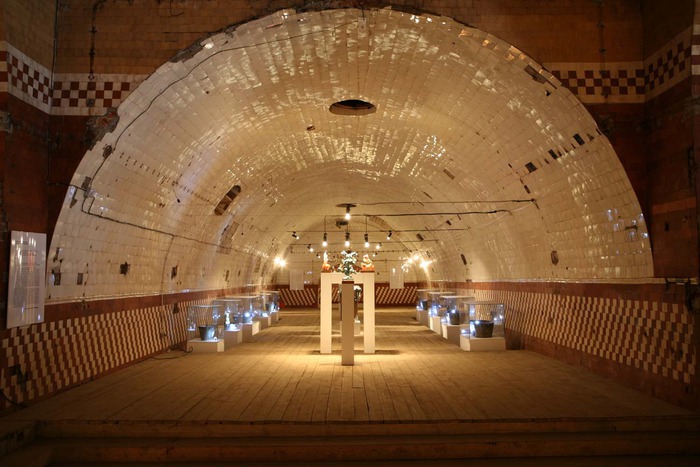
Winzavod, for instance, takes up an area of almost five acres and has many cellars, where wine used to be stored. These facilities were perfect for transformation into exhibition spaces, lecture halls, cafes and shops. At the same time the new art cluster’s image was based on the “industrial” atmosphere that the developers were able to preserve.
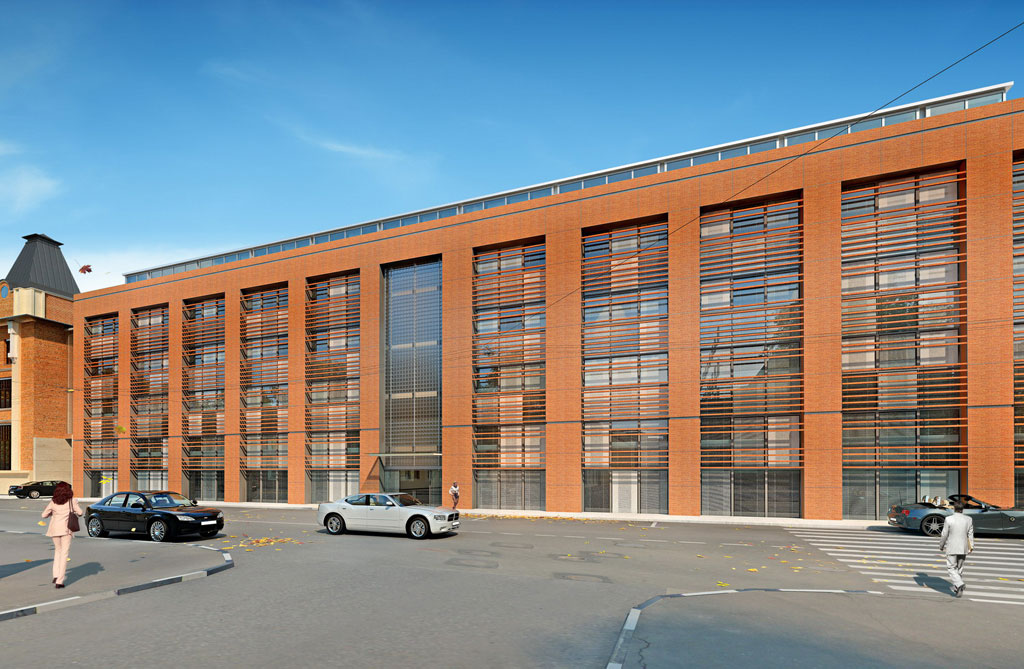
Alexander Zmeul, Editor in Chief, archspeech: “By redeveloping those areas we make it possible for the city to reclaim them. They become open and permeable; no pass is needed to access them”.
According to Zmeul, a neglected factory does not necessarily have to be turned into a public space with art galleries and shops; it suffices to open it up. Let’s take a look at the Stanislavsky Factory. There are offices, modern apartments and even a theatre built by Konstantin Stanislavsky there. The space is socially permeable and has no fences.
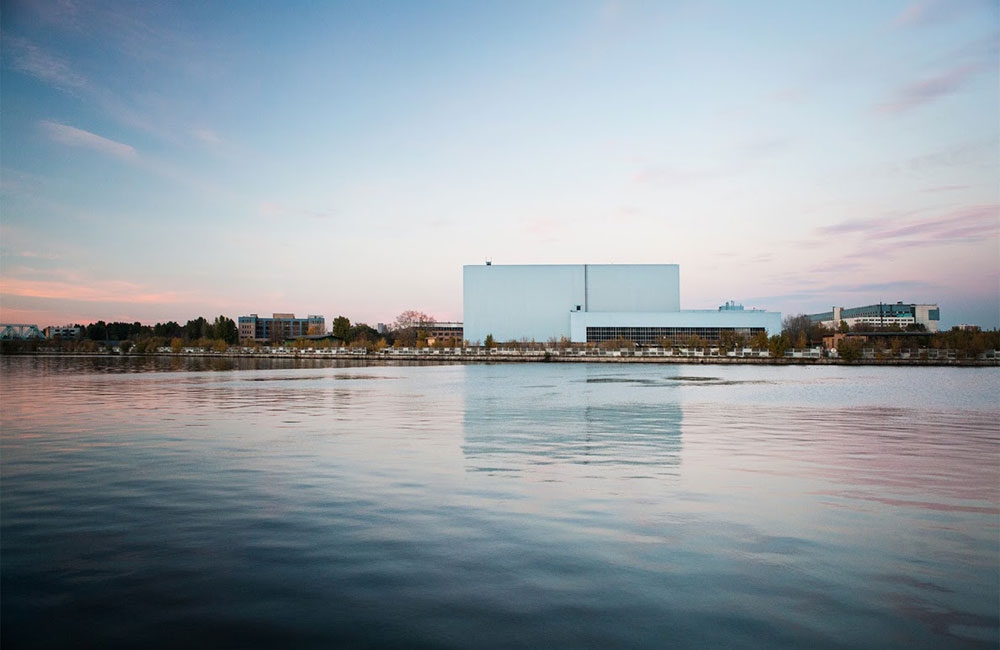
However, the experts note that what has been done at Winzavod or the Stanislavsky Factory cannot be simply reproduced at ZiL or Serp i Molot.
Alexander Zmeul: “When it comes to the redevelopment of big areas, it is more of an urban planning task: you have to deal with environmental issues as well as transportation ones. Due to their complexity none of such projects has been fully realized yet. International competitions for the development concept of ZiL and Serp i Molot have already been organized, but we shouldn’t expect any real changes any time soon.”
- Tags:
- Urban Design




